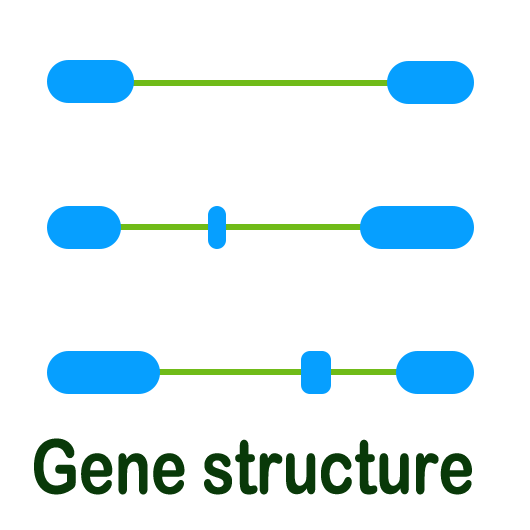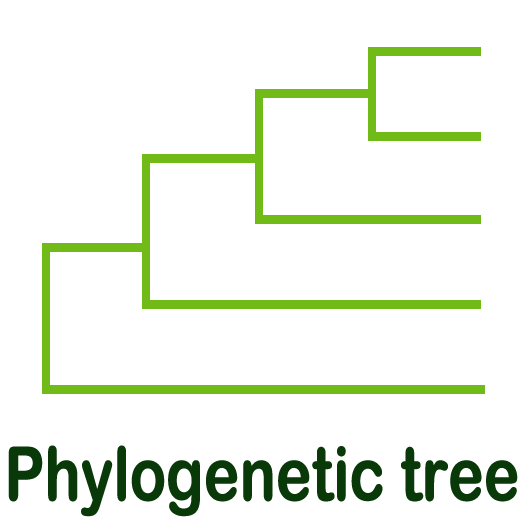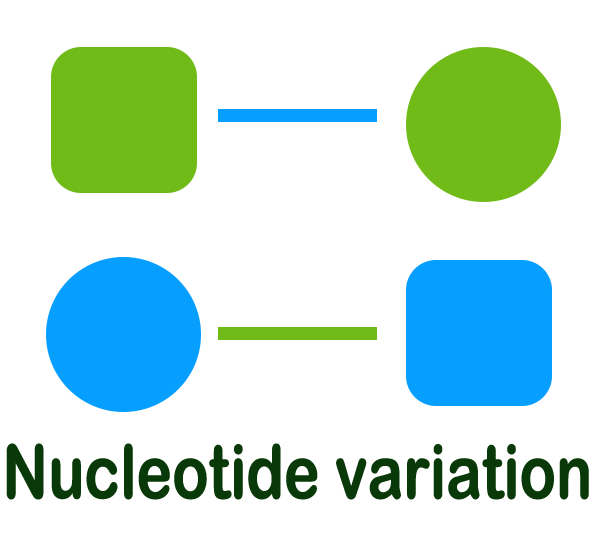TWGFD
The Tetraploid Wheat Gene Family Database
Welcome to ARF !
Auxin has long been recognized as a major regulator of various biological processes, including tropic growth, root architecture, phototropism, tissue and organ development, and fruit ripening. Previous studies demonstrated that two types of transcription factor families are necessary for the auxin signal transduction pathway: the auxin response factor (ARF) family and the auxin/indole acetic acid (Aux/IAA) family. ARF factors generally contain three domains. The N-terminal B3-like DNA-binding domain (DBD) is highly conserved and binds to auxin response elements (AuxREs) in the promoters of auxin-responsive genes. The middle region (MR) can activate or inhibit target genes, depending on its amino acid composition The C-terminal dimerization domain (CTD) contains motifs III and IV, which are also found in Aux/IAAs. At low auxin concentrations, these two motifs can mediate heterodimerization of ARFs and Aux/IAAs, which prevents the ARF factor from binding to AuxREs. At high auxin concentrations, Aux/IAA is degraded through the ubiquitination pathway and the ARF factor is released and binds to AuxREs of the promoter to activate or repress gene expression.







